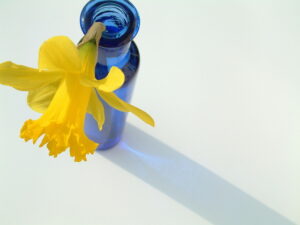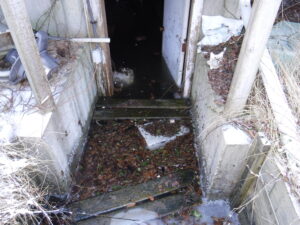Signs of spring burst all around the Cape back in February. Although it may not be time to start packing away your winter clothes just yet it is a great time to start on your annual cleaning & organizing. This year why not go a little greener with it?
Your Air
Nix the air fresheners and open up those windows! Toss the scented aerosols and freshen things up with fresh cut flowers instead. Forget chemicals and use mixes of baking soda and essential oils for deodorizing. Use low-VOC paints.
Your Papers
Register an address and you almost immediately start to get paper solicitations and direct marketing cards there. Open a line of credit and you open the flood gates to other financial institutions who want you to “switch and save more!”. On average the amount of paper waste we make every year adds up to over 2000 pounds! What can you you do to go green here? Of course you can recycle the paper, but you can also start lessening the amount delivered in the first place. Call the sources of all of the unwanted mail and opt out. You can also sign up for paperless billing invoices and save your receipts digitally. Not only will you be saving the environment, you’ll be saving yourself the time you would normally spend filing it all away!
Your Water
Use less and keep it clean! If you’ve been putting off fixing that running toilet, do it now! Check all of your faucets for drips and adjust them accordingly. A faucet that drips 1 drip per minute actually wastes up to 34 gallons a year and you’re paying for it. Consider swapping out your shower heads for low-flow models. Be conscious of how much water you’re using when you’re brushing your teeth and doing dishes (turn it off while you scrub!). Be mindful of what you’re putting into your drains. Instead of flushing unwanted prescriptions, bring them to a local prescription drop box or call the pharmacy you received them from and see if they have a take-back program.
Your Stuff Recycle and donate. Old tattered clothes can be used as rags or kept for messy projects like painting the ceiling. Donate clothes in good condition to your local Goodwill, Salvation Army, church group or homeless shelter. Donate old pillows and towels to your local animal shelter. Buy a trash can that helps you sort out your plastics and bottles from your trash, and sort and recycle all of your boxes. The more you organize and re-purpose things to keep them out of the landfill the better.
Your Energy
Vampires are everywhere! Think of how many things are still plugged in at your home right now. The coffee pot? TV? Phone chargers? Computer? All of these things are still slowly using electricity. Put a stake in it and unplug any electrical devices when you’re not using them. For areas with multiple devices use a power strip so you only have to pull one plug from the outlet.
Have you had a home energy assessment done yet? Mass Save offers them for Massachusetts residence. They gave homeowners all new energy efficient light bulbs and power strips for their entertainment centers (for FREE!).



